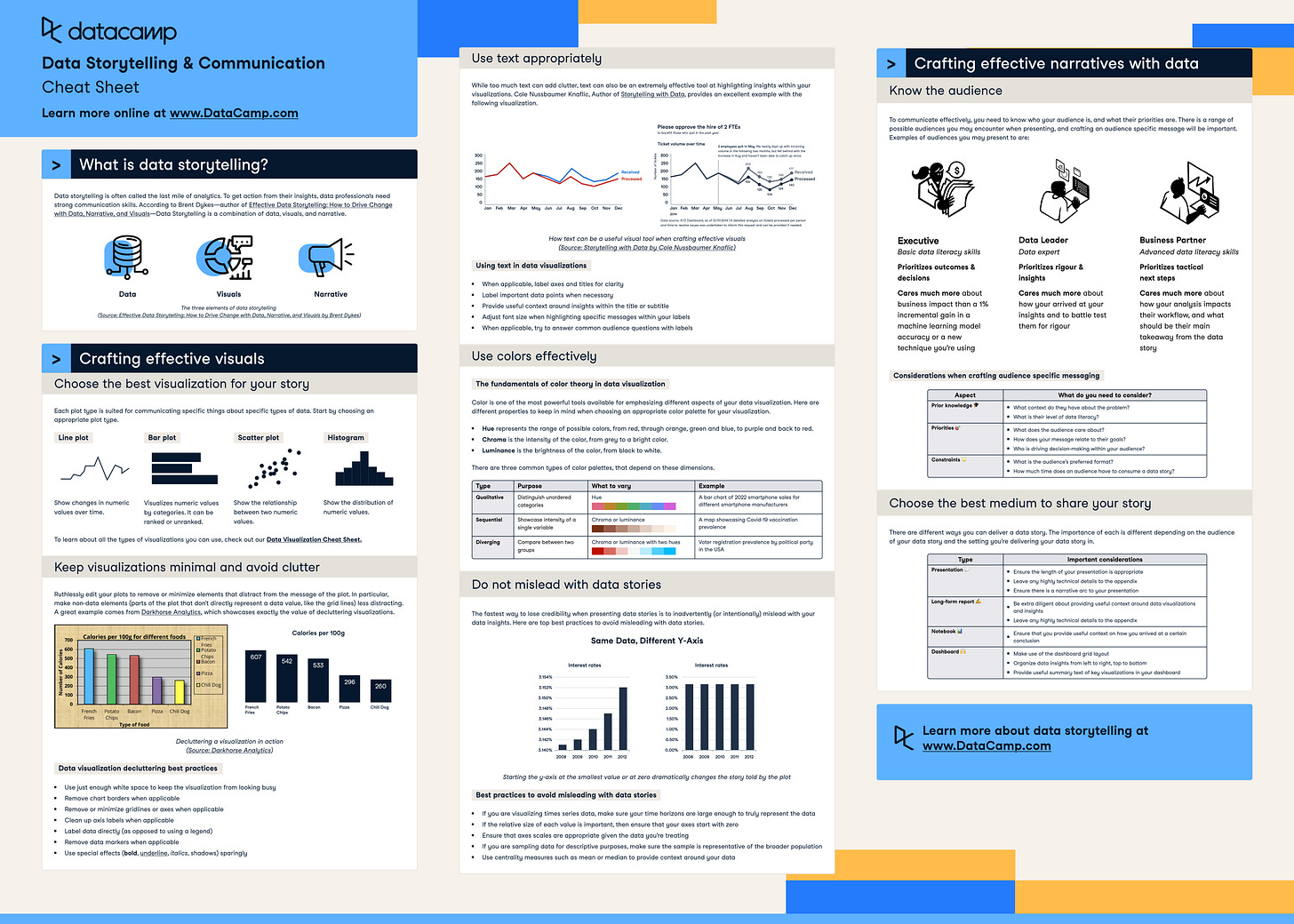When the Ratio Lies: The Denominator Problem Explained
How misleading metrics creep in when you forget to ask “out of how many?”
Fellow Data Tinkerers
Today we will look at how denominator change can trick up your analysis.
But before that, I wanted to share an example of what you could unlock if you share Data Tinkerer with just 2 other people.
There are 100+ more cheat sheets covering everything from Python, R, SQL, Spark to Power BI, Tableau, Git and many more. So if you know other people who like staying up to date on all things data, please share Data Tinkerer with them!
Now, with that out of the way, let’s get to today’s data analysis article!
Keep reading with a 7-day free trial
Subscribe to Data Tinkerer to keep reading this post and get 7 days of free access to the full post archives.


